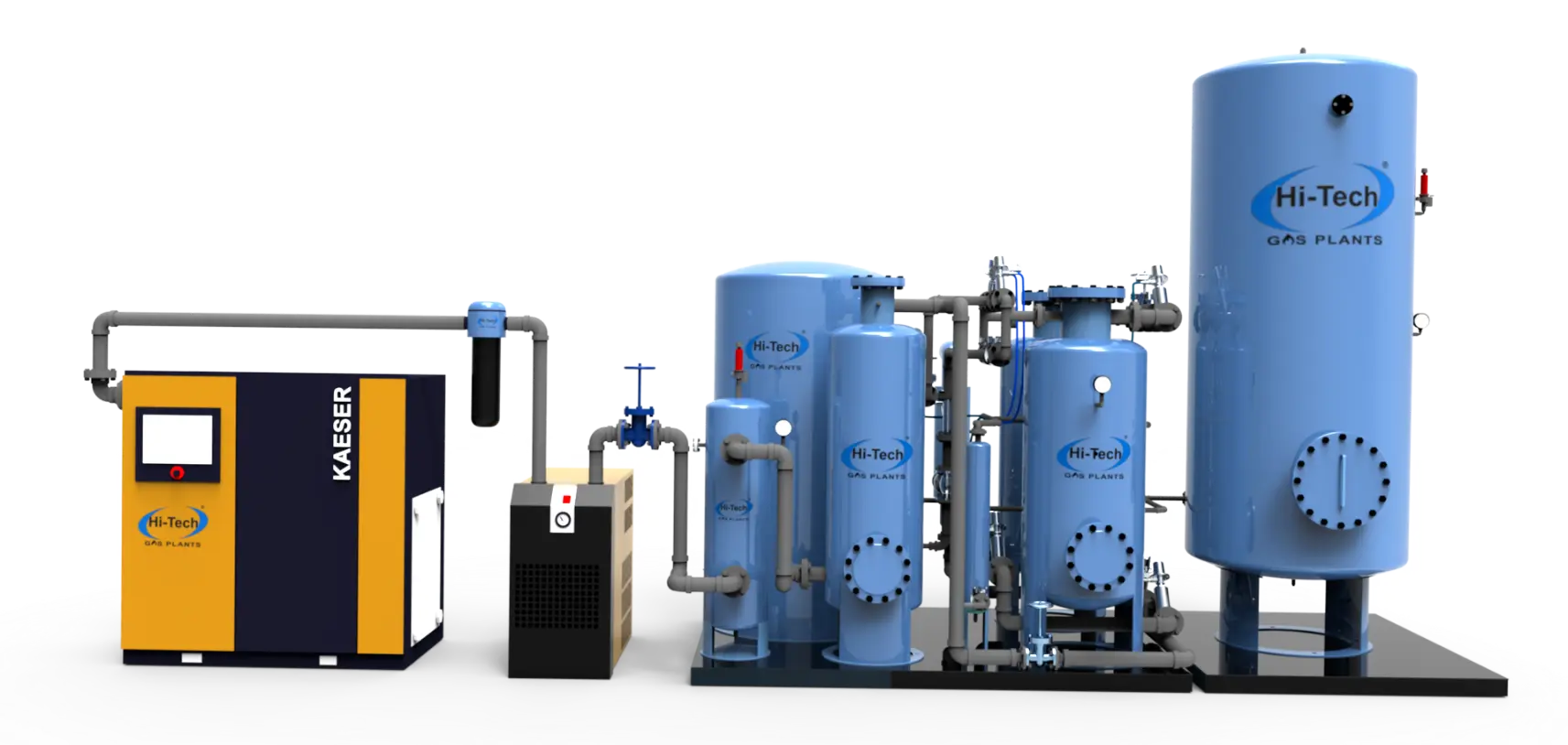The Importance of Medical Gases
Respiratory therapy is a field dedicated to the care of patients with breathing or cardiopulmonary disorders. Medical gases are essential tools in this field, used to support or replace spontaneous breathing. The primary medical gases used include:
Oxygen (O2): Oxygen therapy is perhaps the most common use of medical gases in respiratory therapy. It is administered to patients with conditions such as chronic obstructive pulmonary disease (COPD), asthma, pneumonia, and other respiratory illnesses where oxygen levels in the blood are insufficient. Oxygen can be delivered through various devices, Medical Gases for Respiratory Therapy including nasal cannulas, masks, and ventilators, depending on the patient's needs.
Nitrous Oxide (N2O): Known as "laughing gas," nitrous oxide is used for its analgesic and anesthetic properties. In respiratory therapy, it is sometimes combined with oxygen to relieve pain and anxiety, particularly during procedures that might be uncomfortable for the patient.
Helium (He): Helium is often used in combination with oxygen (heliox) to improve airflow in patients with obstructive airway conditions. Its lower density compared to air helps to reduce airway resistance, making it easier for patients to breathe.
Medical Air: A mixture of oxygen and nitrogen, medical air is used in respiratory therapy to provide a stable and controlled environment for patients who require mechanical ventilation or other forms of respiratory support. It is essential in situations where high concentrations of oxygen are not necessary, helping to prevent oxygen toxicity.
Applications in Respiratory Therapy
The use of medical gases in respiratory therapy spans a wide range of applications, including:
Supplemental Oxygen Therapy: For patients with low blood oxygen levels, supplemental oxygen is critical. It helps to improve oxygenation, reduce the workload on the heart and lungs, and enhance overall comfort and quality of life.
Mechanical Ventilation: In cases where patients cannot breathe adequately on their own, mechanical ventilation provides the necessary respiratory support. Medical gases, particularly oxygen and medical air, are essential components of the gas mixtures delivered by ventilators.
Nebulization Therapy: Nebulizers convert liquid medication into a fine mist, Medical Gases for Respiratory Therapy Zambia which is then inhaled by the patient. Medical gases such as oxygen or compressed air are used to power these devices, ensuring effective delivery of the medication to the lungs.
Anesthesia and Analgesia: During surgical procedures, nitrous oxide is used alongside oxygen to provide pain relief and sedation. This combination allows for more comfortable and manageable procedures, particularly in pediatric and anxious patients.
Safety Measures and Considerations
The use of medical gases in respiratory therapy requires strict adherence to safety protocols to ensure patient and healthcare provider safety. Key safety measures include:
Proper Storage: Medical gases should be stored in appropriate, well-ventilated areas to prevent accidents. Cylinders must be secured to prevent tipping and handled with care to avoid leaks and damage.
Regular Maintenance: Equipment used to deliver medical gases, such as ventilators and nebulizers, should undergo regular maintenance and calibration to ensure accurate and reliable performance.
Training and Education: Healthcare providers must be adequately trained in the use of medical gases, including understanding the appropriate dosages, delivery methods, and potential side effects.
Monitoring: Continuous monitoring of patients receiving medical gas therapy is crucial. This includes tracking oxygen saturation levels, respiratory rate, and other vital signs to ensure the therapy is effective and safe.





Comments